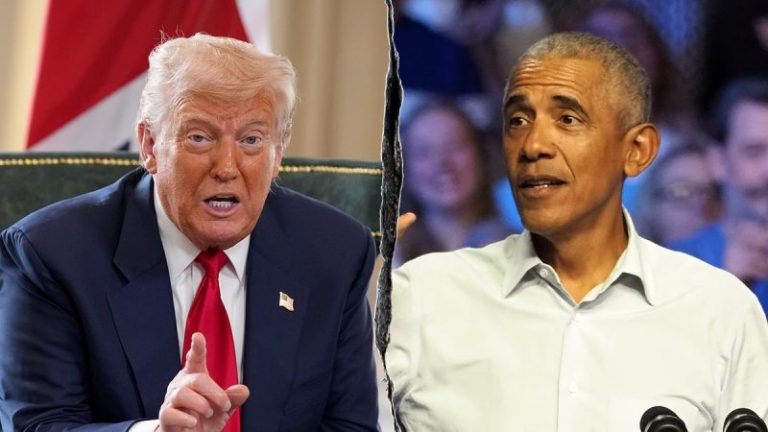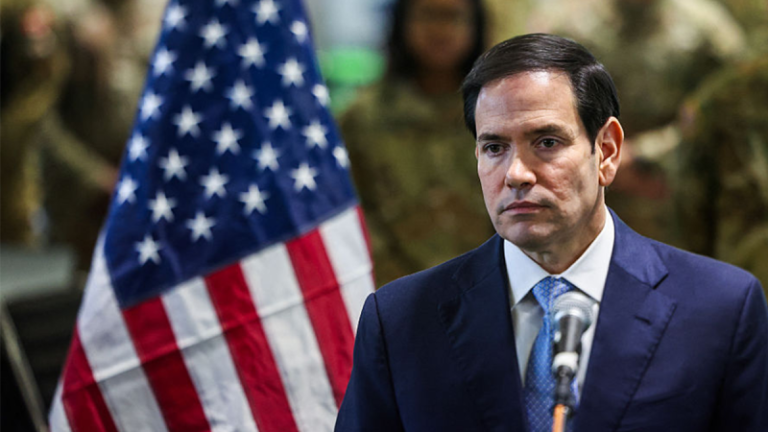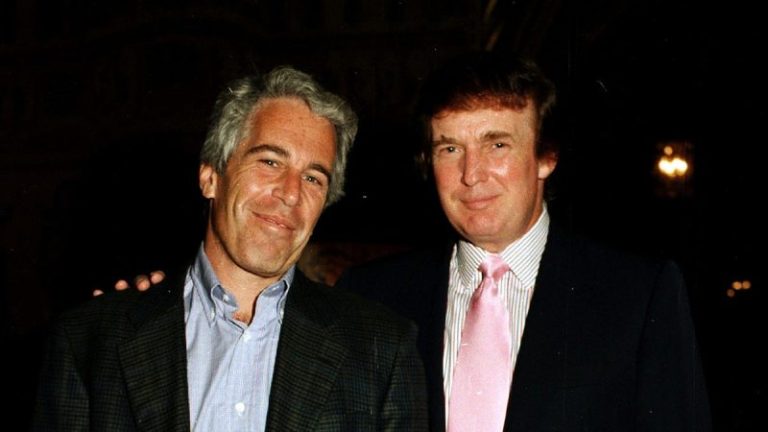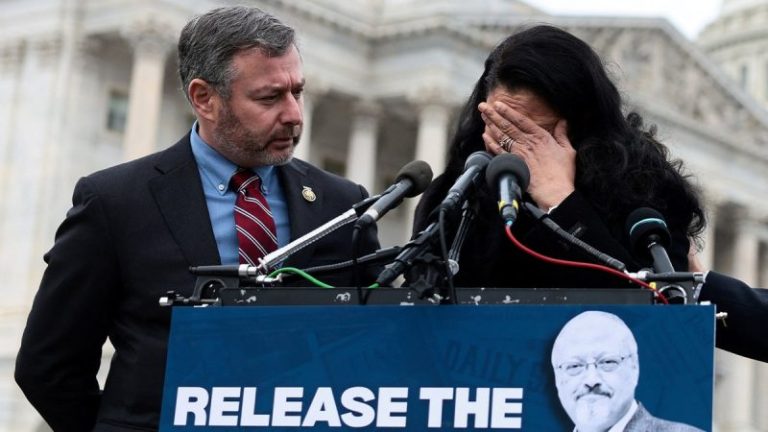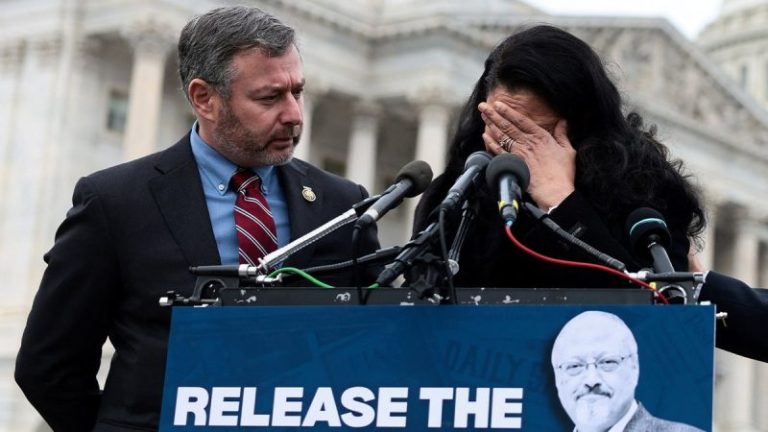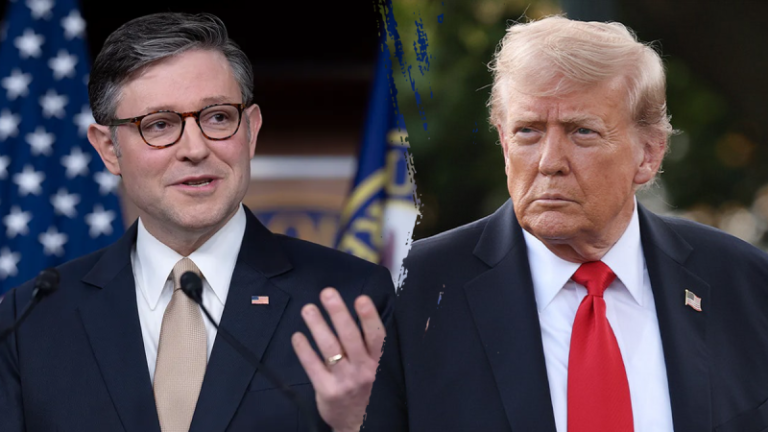Democrats are seeking to put limits on private donations to foot the bill for President Donald Trump’s new White House ballroom amid what they say are bribery concerns.
Trump announced in October that construction had started on the ballroom — leading to the demolition of the White House’s historic East Wing — and would be privately funded at an estimated cost of $300 million. That was up from the $200 million estimate first provided in July when the project was unveiled.
But Democrats are concerned the donors — including individuals and other organizations — are footing the bill for the project because they are seeking something in return from the Trump administration, and recently introduced legislation to try to curb it.
Although the White House released a list of the donors in October, Democrats, including Sens. Elizabeth Warren of Massachusetts and Adam Schiff of California, claim that additional oversight is needed and that the White House has not identified all donors, while others have been granted anonymity.
Among those who’ve donated to the ballroom project are Google, Apple, Meta Platforms, Amazon, Microsoft and Lockheed Martin. As a result, lawmakers argue that those who’ve contributed to the project could be doing so to curry favor with the administration, setting up a ‘pay-to-play’ relationship with the Trump administration.
Specifically, lawmakers pointed to Google agreeing to a $22 million settlement with Trump in September, stemming from Trump’s censorship lawsuit against YouTube for banning him from the platform after the Jan. 6 attacks on the U.S. Capitol. Google, which owns YouTube, is also involved in an antitrust case leveled against it by the Justice Department, and therefore, could benefit from soliciting favor from the Trump administration, the lawmakers claim.
Google did not immediately respond to a request for comment from Fox News Digital.
‘Billionaires and giant corporations with business in front of this administration are lining up to dump millions into Trump’s new ballroom — and Trump is showing them where to sign on the dotted line,’ Warren said in a statement Tuesday. ‘Americans shouldn’t have to wonder whether President Trump is building a ballroom to facilitate a pay-to-play scheme for political favors. My new bill will put an end to what looks like bribery in plain sight.’
Warren, along with the top Democrat on the House Oversight Committee, Rep. Robert Garcia of California, spearheaded the legislation. Other lawmakers, including Schiff, Sen. Richard Blumenthal, D-Conn., and others, have also cosponsored the measure.
Specifically, the legislation would bar donations from organizations or individuals that present a conflict of interest, and would prohibit the president, vice president or their families and staff from soliciting donations.
Once donations have been made and are cleared by the directors of the National Park Service and the Office of Government Ethics, the measure would then bar displaying donors’ names in recognition of the donation, and would also require a two-year freeze for the donor to lobby the federal government.
Additionally, it would prohibit using any remaining donated funds to then go toward personal use, or to benefit the president, vice president or their family and staff.
Likewise, the measure also would require that donors disclose meetings with the federal government that occur in the year following the donation, and prohibit anonymous donations.
‘President Trump has put a ‘for sale’ sign on the White House—soliciting hundreds of millions of dollars from special interests to fund his $300 million vanity project,’ Blumenthal said in a statement Tuesday. ‘Our measure is a direct response to Trump’s ballroom boondoggle. With commonsense reforms to how the federal government can use private donations, our legislation prevents President Trump and future presidents from using construction projects as vehicles for corruption and personal vanity.’
Meanwhile, the White House dismissed the measure and Democrats’ efforts to impose new restrictions on donations.
‘President Trump is making the White House beautiful and giving it the glory it deserves,’ White House spokesman Davis Ingle said in a statement to Fox News Digital on Monday. ‘Only people with a severe case of Trump Derangement Syndrome would find a problem with that.’
Trump has initiated several renovation projects at the White House during his second term, including adding gold accents to the White House’s Oval Office and paving the Rose Garden.


